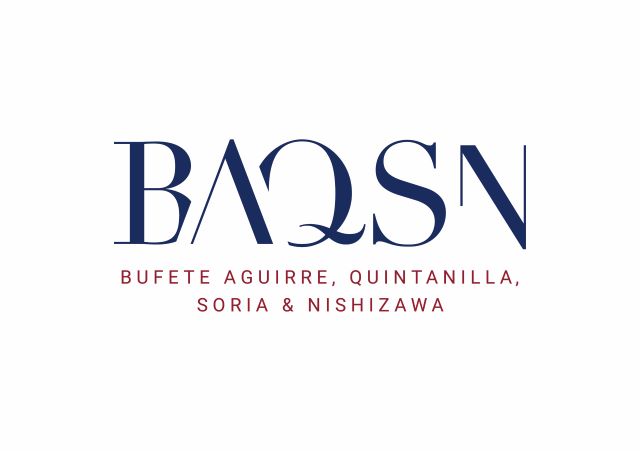When the tax reform of 1986 was carried out, the Complementary Regime to the Value Added Tax (RC-VAT) was created, which taxed the income of natural persons, conceived as a “control tax” that contemplated its compensation up to 100% of the determined tax, from the tax credit contained in purchase invoices of goods and services. Therefore, contrary to the general purpose of the tax, the RC-VAT did not aim to raise money, but rather to oblige the taxpayers subject to this tax to request invoices for all purchases made (in order to precisely compensate the determined tax), so that the collection originates from the Value Added Tax (VAT, which taxes, among others, the provision of services).
In December 1994, the tax system in Bolivia was amended with the creation of the Tax on Company Profits (IUE), which is a type of “income tax for companies,” including a special category for natural persons who exercised professions, and trades independently. Instead of creating an “income tax for individuals,” the rule likened the treatment of self-employed professionals to that of “companies,” under a regime of presumed tax determination; this way, the IUE taxed 25% of the presumed income (50% of the net income of VAT, that is 87% of the income), applying a final rate of 10.88% of the income received for the sale of services (under the understanding that those who exercise the profession or trade, sell services, rather than goods), with the possibility of deducting up to 50% of the determined tax with purchase invoices of goods and services (that had not been used to settle VAT), so that the minimum tax that had to be paid was 5.44% on the total income (whether or not there is real profit).
Additionally, there was the possibility of compensating the IUE paid with the Transaction Tax (IT, with a rate of 3% on total income) that originates from the provision of services, compensation that was available from the month following the payment of IUE, until its full compensation, or until the next due date of payment of IUE, in which case, if there was still a balance to be compensated, it was consolidated in favor of the tax authorities.
As a result of complaints from different groups of professionals for a different tax treatment for natural persons (among those who exercise professions and trades and other natural persons who, for example, provide services in a dependent relationship, affecting the principle of equality), through Law 1448 of July 25, 2022, the tax system was amended again, but not with the creation of an Income Tax for Individuals, but rather, self-employed professionals were included again in the RC-VAT regime (RC-VAT), with some variations from the original regime (Law regulated by Supreme Decree 4850 of December 28, 2022, which amended the RC-VAT Regulation).
Therefore, the question that self-employed professionals ask themselves is, has the tax situation/burden improved or worsened for this group of taxpayers? In qualitative terms, because it is possible to compensate up to 100% of RC-IVA, the total taxes paid by a freelance professional (VAT plus IT plus RC-IVA) can be lower than what they paid before (VAT plus IUE, minus the IT compensation), but this scenario is only presented when the freelance professional spends all their income (thereby obtaining tax bills to compensate the determined RC-IVA with the tax credit contained in these bills) and does not generate savings (in terms of cash flow, it would even require using their savings to make enough purchases to obtain the required tax credit). And in a qualitative aspect, as a true Personal Income Tax is not conceived, it is not possible to clearly identify what type of tax the RC-IVA is: whether it taxes income, profits or savings, resulting in uncertainty and a potential inequitable treatment in the taxation of individuals.
The similarities and differences between the two systems are as follows:
- In both cases, the provision of services is subject to VAT (13%) and IT (3%); that is, in both cases these taxes must be paid.
- The IUE (previous regime) was settled and paid annually, within the first quarter of the following year; the RC-IVA (new regime) is paid quarterly, in the month following the close of a quarter.
- The paid IUE was offset with the IT generated in the following fiscal year; the paid RC IVA does not offset the IT.
- Under the previous regime, the maximum and minimum taxes that had to be paid (VAT, IT and IUE) fluctuated between 23.88% to 18.44%; while in the new regime the range is between 29% and 16% (in both cases assuming that the VAT Debit is not compensated).
It is difficult to conclude whether this amendment is advantageous for individual people (who practice liberal professions or trades) who have been “transferred” from the special regime of IUE to the RC-IVA; ultimately, the higher the income from the practice of the profession or trade, the higher the tax burden will be. But the underlying problem will persist, as long as, a Personal Income Tax is not created, which is conceptually different from the RC-IVA. Again, we are facing the question, if the remedy proposed is not worse than the disease?
Article by partner Mauricio Torrico


